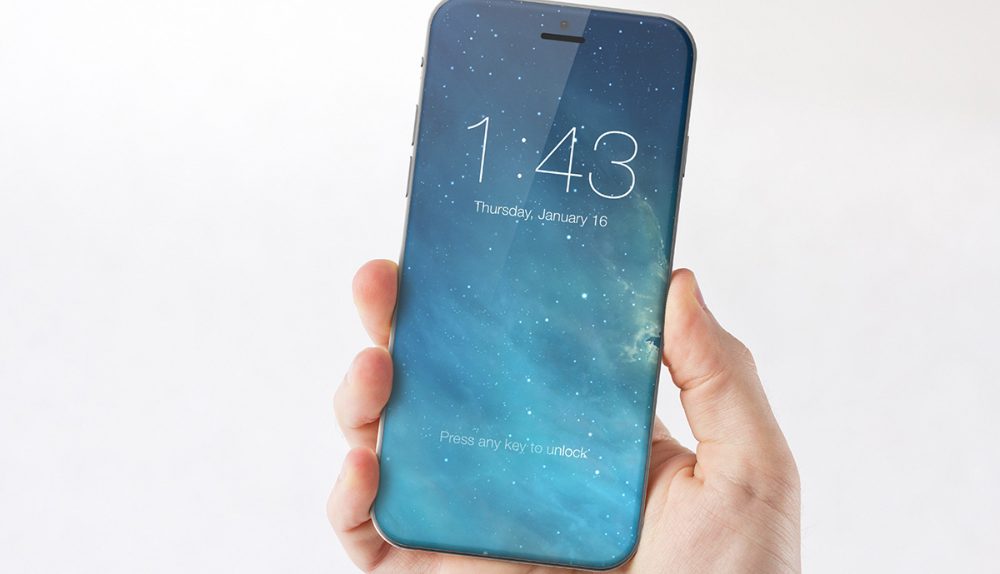Apple’s upcoming iPhone 7 will likely be a solid upgrade; after all, who doesn’t like faster internals and improved camera technology? All the same, iPhone users eagerly hoping for Apple to completely and dramatically overhaul the iPhone’s somewhat stagnant design will likely have to wait until 2017.
DON’T MISS: 10 3D Touch shortcuts no iPhone user should have to live without
In fact, Apple’s 2017 iPhone may represent such a dramatic upgrade that Apple is reportedly thinking about ditching the iPhone 7s moniker and instead calling the iPhone 7’s successor the iPhone 8.
Getting down to business, we’ve seen a growing chorus of reports over the past few weeks which suggest that Apple’s 2017 iPhone will feature a glass design and a curved OLED display. Equally as intriguing are reports that Apple’s follow-up to the iPhone 7 will feature an edge to edge display with the home button (which also doubles as the device’s Touch ID sensor) embedded underneath the display.
While this certainly sounds pretty impressive, there are well-founded concerns that users will demand a home button with tactile feedback. Not to fear, new evidence from the rumor mill suggests that Apple already has a solution in place for that.
According to a report from Nikkei, Apple’s 2017 iPhone will “be able to create more complex tactile vibrations on the display because of a tiny, but high-performance motor equipped inside.”
The report doesn’t go into further detail, but if we are to believe reports of an iPhone with an edgeless display, it stands to reason that those “complex tactile vibrations” will be incorporated in such as way as to mimic the mechanical tactile feedback users of current iPhones are used to.
It’s important to remember that this isn’t entirely new territory for Apple. Remember, the trackpad on Apple’s revamped MacBook is completely stationary and has no ‘click button.’ Instead, the MacBook features a system of well-designed sensors and vibrations to provide users with the tactile feedback they’re accustomed to. As anyone who has used a new MacBook can attest, the implementation is flawless, if not a bit surreal.
Apple’s dedicated MacBook page reads in part:
The Force Touch trackpad may look like other trackpads on the surface, but underneath it’s unlike anything that’s existed before. Force sensors detect how much pressure you’re applying, and the new Taptic Engine provides a click sensation when you press anywhere on the surface. Now the click that once was a single, mechanical function is just the start of what you can do with Force Touch.
Coupled with the recent report that Apple’s 2017 iPhone will feature “complex tactile vibrations”, it’s not a stretch to imagine that Apple is planning to add an enhanced version of its Taptic Engine to the iPhone 7s and completely do away with the home button as we know it today.




